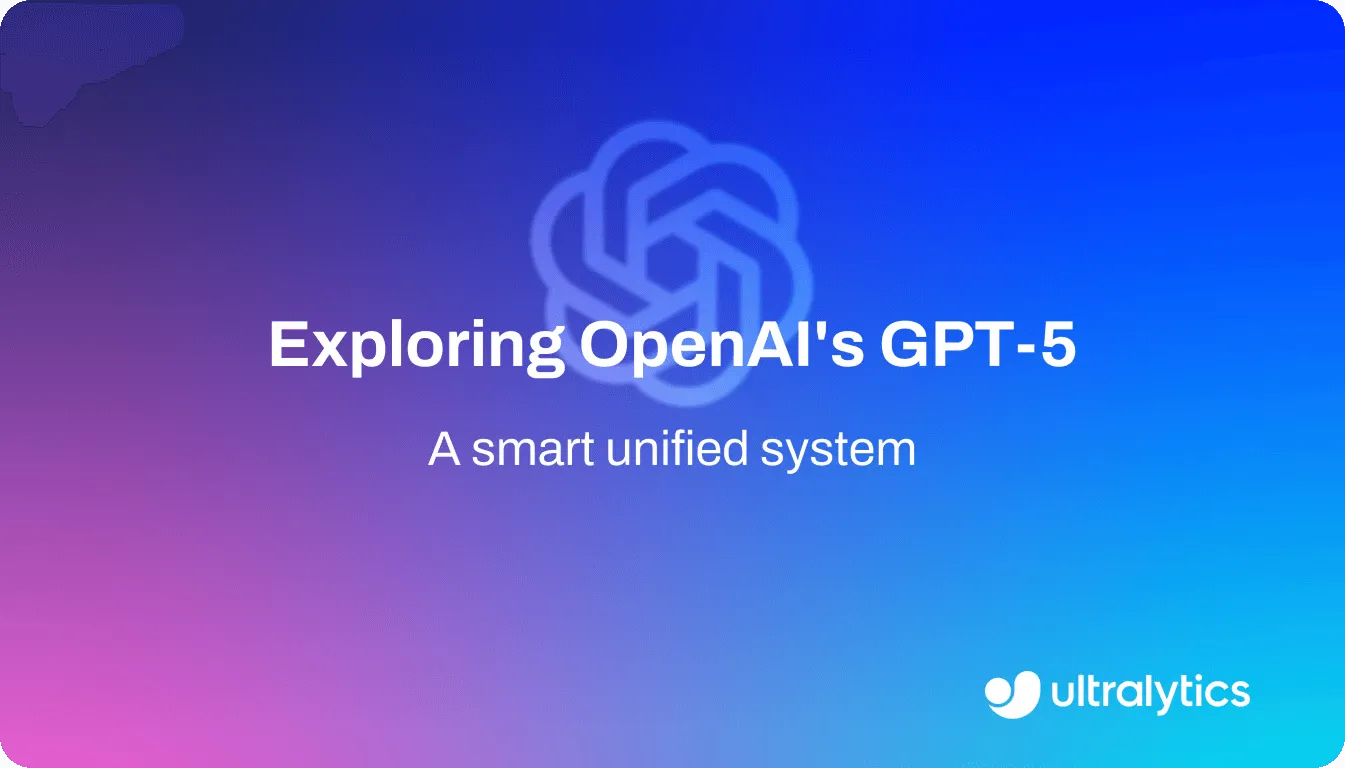İnce ayar
Ultralytics YOLO gibi makine öğrenimi modellerine belirli görevler için ince ayar yapın. Yöntemleri, uygulamaları ve en iyi uygulamaları buradan öğrenin!
İnce ayar, makine öğreniminde (ML) büyük, genel bir veri kümesi üzerinde önceden eğitilmiş bir modeli alıp daha küçük, özel bir veri kümesi üzerinde daha fazla eğitmeyi içeren temel bir tekniktir. Bir tür transfer öğrenmesi olan bu süreç, sıfırdan bir model eğitmek zorunda kalmadan modelin öğrenilen bilgisini belirli bir görevde mükemmelleşecek şekilde uyarlar. Geliştiriciler, güçlü bir temel modelle başlayarak, Stanford AI Lab gibi kurumlar tarafından araştırılan bir kavram olan önemli ölçüde daha az veri ve hesaplama kaynağı ile yüksek performans elde edebilirler.
İnce Ayar Nasıl Çalışır?
Süreç, ağırlıkları görüntü için ImageNet gibi geniş bir veri kümesinde veya Büyük Dil Modelleri (LLM'ler) için devasa bir metin derleminde zaten optimize edilmiş bir modelle başlar. Bu önceden eğitilmiş model, görüntülerdeki kenarlar ve dokular ya da metinlerdeki gramer ve anlambilim gibi genel özellikleri zaten anlar. Daha sonra ince ayar, hedef uygulamaya göre uyarlanmış özel bir veri kümesi üzerinde tipik olarak daha düşük bir öğrenme oranı kullanarak eğitim sürecine devam eder. Bu, modelin parametrelerini yeni görevin belirli nüansları için özelleşecek şekilde ayarlar. PyTorch ve TensorFlow gibi çerçeveler, ince ayar iş akışlarını uygulamak için kapsamlı araçlar sağlar.
İnce Ayar ve İlgili Kavramlar
İnce ayarı diğer model uyarlama tekniklerinden ayırmak önemlidir:
- Sıfırdan Eğitim: Bu, bir sinir ağının rastgele ağırlıklarla başlatılmasını ve bir veri kümesi üzerinde eğitilmesini içerir. Büyük miktarda veri ve hesaplama gücü (örn. GPU'lar) gerektirir ve genellikle önceden eğitilmiş bir modele ince ayar yapmaktan daha az verimlidir.
- Parametre Verimli İnce Ayar (PEFT): PEFT, ince ayarın kaynak açısından daha verimli bir evrimini temsil eden bir yöntemler topluluğudur. Modelin tüm ağırlıklarını güncellemek yerine, LoRA gibi PEFT teknikleri orijinal modeli dondurur ve yalnızca az sayıda yeni parametreyi eğitir. Bu, bellek ve depolama gereksinimlerini önemli ölçüde azaltarak Meta AI veya Google gibi kuruluşların çok büyük modellerini uyarlamayı kolaylaştırır.
- Hızlı Ayarlama: Tüm orijinal model ağırlıklarının dondurulduğu özel bir PEFT yöntemi. Modelin kendisini ayarlamak yerine, belirli bir görev için modelin çıktısına rehberlik etmek üzere girdiye eklenen özel "yumuşak istemleri" (eğitilebilir katıştırmalar) öğrenir.
- Geri Alımla Artırılmış Üretim (RAG): Bu teknik, modelin ağırlıklarını eğitim yoluyla değiştirmek yerine, çıkarım zamanında harici bilgi sağlayarak model çıktısını geliştirir. RAG, bir veritabanından ilgili bilgileri alır ve daha doğru ve güncel yanıtlar üretmek için bunları komut istemine ekler.



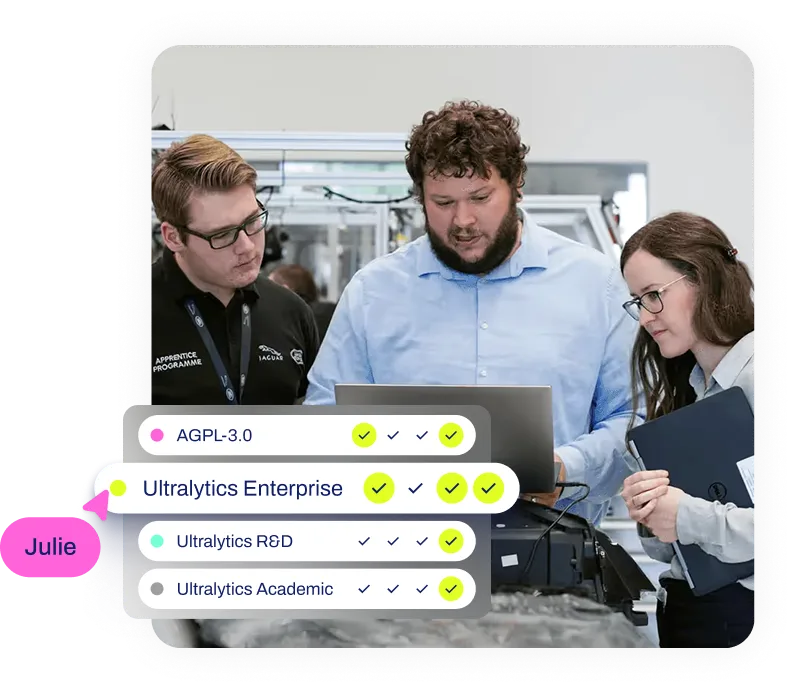
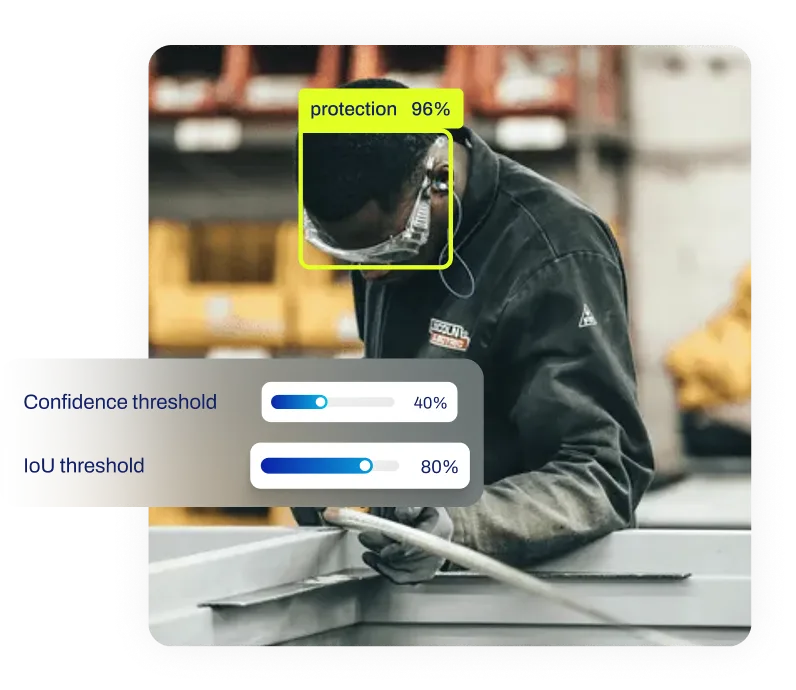
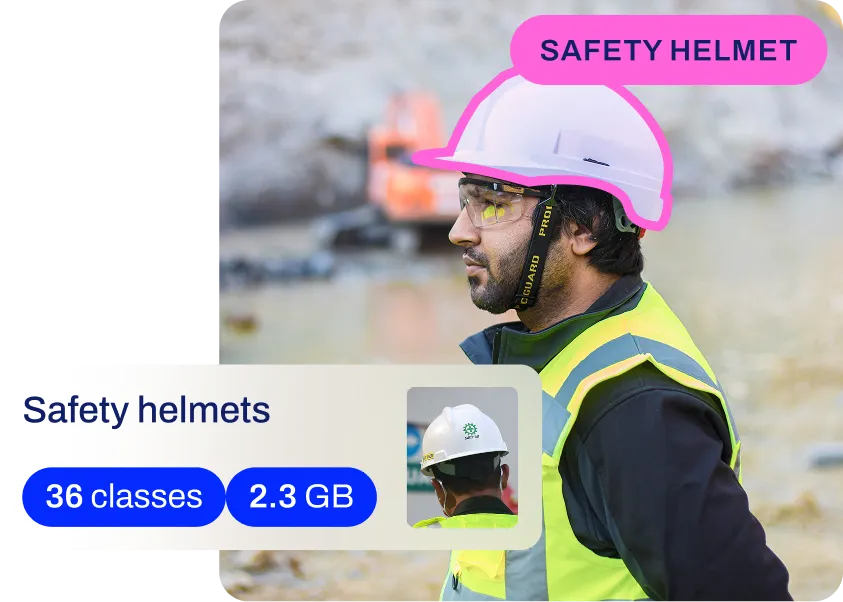
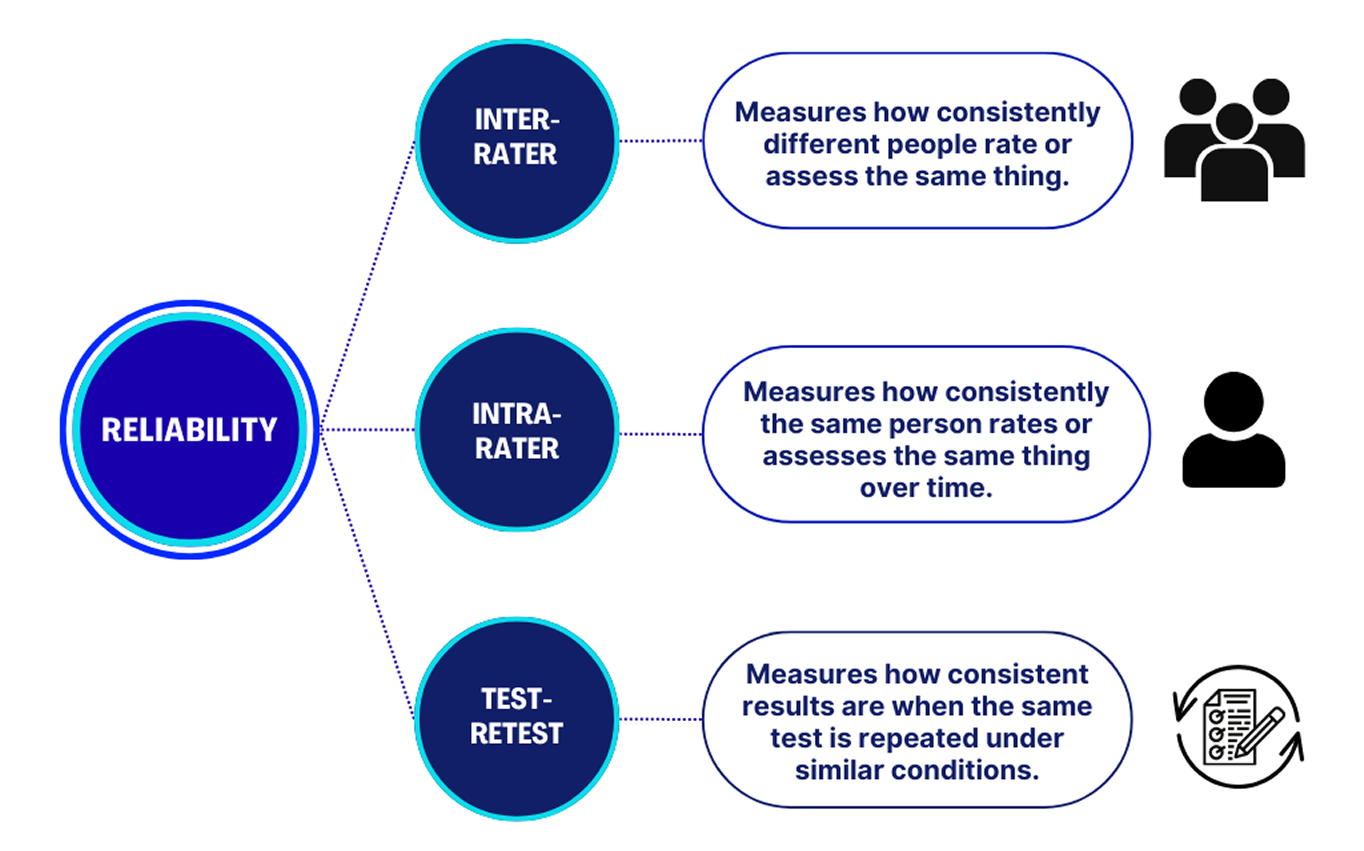
.webp)
